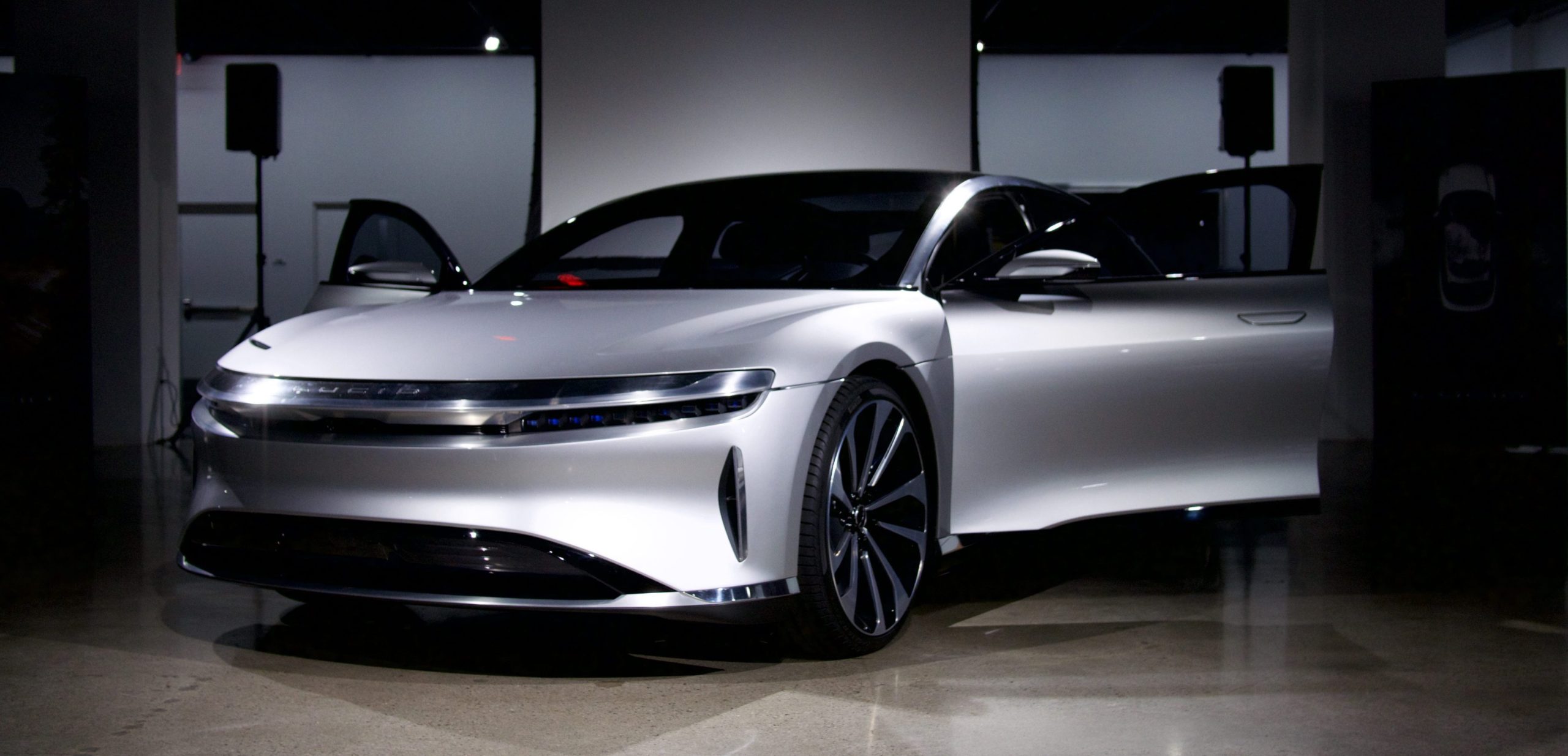How Much Does It Cost To Charge A Tesla At Home Per Month?
Table of Content
- carsguide stories & articles
- What is braked towing capacity?
- Sending you timely financial stories that you can bank on.
- Destination Charging
- How Much Does It Cost To Charge A Tesla At Home Per Month?
- Is charging Tesla at home cheaper?
- Model 3 Standard Range: £32.16 Per Charge
- Tesla FSD Beta – 10.69.25 Holiday Update Rolling out
Essentially, you’ll want to figure out how to wire the charger to your main electrical panel first. The video above uses PVC tubing to cover the wiring of the charger. If you want to plant the wires in the ground or inside a wall, that’s going to cost a lot more money. However, note that each Tesla model has its own maximum amperage. For example, a rear-wheel-drive Tesla Model 3 has a maximum charge rate of 32 amps. This means that even if the charger can supply more power, the car will not take any more than its maximum amperage.
And it will be reasonably fast so that you’ll have enough mileage in your Tesla to do your commute the next day. According to Home Advisor, upgrading to a 200 amp panel will cost somewhere between $750 – $2,000. You’ll need to check with a professional electrician for a more accurate estimate since every home is different. The largest cost will probably come from upgrading your home’s main electrical panel and power service if you need to upgrade them. However, it’s recommended that you upgrade to a 200 amp service for the main panel if you don’t already have it. This is probably the reason why you’re here, to find out the cost of installing a Tesla home charger.
carsguide stories & articles
Tesla’s charging pricing is also more affordable than many traditional automotive charging systems. One of the great advantages to owning a Tesla is the large Supercharger network available to owners who travel long distances. Be sure to look at your electricity bill to find out how much you pay and then use the Tesla Charging Calculator below to see what your costs would look like . But at the end of the day, a car like a Tesla might be the best fit for your situation. If the math works out, you can feel confident you’ve made the right choice. And if you want to continue your relationship with this electric car company, learn how to invest in Tesla.

It is generally recommended to only charge your Tesla to 100% every couple of weeks or so, depending on your driving needs. This is because keeping the battery at full charge puts additional stress on the battery and reduces its overall lifespan. Additionally, you will need to take into consideration any power outages or peak energy usage that you may experience.
What is braked towing capacity?
Home-charging allows you to take advantage of overnight electricity rates, which are often much lower than the daytime rates that public charging stations typically have. On the road, it’s generally more expensive than charging at home, depending on your home rate, unless you have free Supercharging credits, of course. At most Tesla Supercharging stations in the US, the rate is $0.28 per kWh, or about double the average home rate, so around $14 or at a Supercharger, using the same assumptions as above. Note that Tesla does not make a profit on this, it only covers electricity rates and infrastructure costs. If you want to charge your vehicle overnight, you’ll need a station with at least 16 amps of power. Most EV owners now have the ability to control their vehicle’s charging by downloading the charger app.
And, incredibly, some States charge by the minute you’re plugged in rather than the usual kWh. Well, if you were an early adopter and bought one of the first Teslas sold, anywhere in the world, it was a pretty attractive-sounding offer - “free Supercharging - forever”. However, if there are additional items needed to complete your installation, the price will be adjusted accordingly.
Sending you timely financial stories that you can bank on.
The performance and long-range models cost more, sometimes significantly—in terms of total, monthly charging costs—depending on which model you own. Charging at home is cheaper and more convenient than charging in public. Your electricity rate per minute will depend on your provider and where in the UK you live.

The Tesla Model X Long-Range can travel 360 miles per charge, so that equates to $16.49 per charge. Those are the kinds of questions that alter the efficacy and cost of charging a Tesla. Last month, Tesla surprised many by announcing thatit is opening its EV charge connector with the aim of making it the new standardin North America. I've spent many years selling cars, working with auto detailers, mechanics, dealership service teams, quoting and researching car insurance, modding my own cars, and much more. Tesla’s Wall Connector works with any home power setup, and it can be used with up to four other Wall Connectors.
Tesla also provides owners with 1000 miles of free Supercharging as part of their referral program. Electric cars are becoming more popular as the cost of charging decreases and the environmental benefits increase. One disadvantage of electric vehicles is that they require you to have a charging station nearby. This works out well for electric vehicle drivers because most of us are charging our electric cars at night. Almost every single electric car has some sort of a timer feature built right in, so you can plug in your car right when you get home from work but it doesn’t start charging until sometime later. To help us compare apples to apples when looking at different cars the EPA rates electric cars with MPGE, or miles per gallon equivalent, even though EVs like Model 3 don’t burn gasoline.

Destination charge points are typically located at venues where you’re likely to spend a few hours using the facilities, such as eating out at a restaurant or if you’re staying overnight at a hotel. The Destination Charging network is a cost-effective and convenient way to charge your Tesla while you’re doing more important things, like shopping or eating. Here, you can park at one of the Destination Charging venues across the UK and hook your Tesla up to one of the wall connectors while you use their facilities. Destination chargers will add around miles of range for every hour your Tesla is plugged in. Unfortunately for owners, the convenience of the Tesla Wall Connector doesn’t just stop at the $550 needed to buy the appliance.
Tesla has already installed this technology in order to allow their customers to charge their cars at the lowest possible price. The efficiency with which a Tesla battery is charged affects the overall cost of charging your car. The charge efficacy of a battery is the ability of a battery to take a charge. Most Tesla drivers are unaware that their Tesla’s battery causes significant power loss.

Despite the presence of a more fuel-efficient vehicle, the financial gap persists. You may find that charging networks offer membership programs in order to reduce your recharge costs. The cost of electric car charging stations varies depending on the type of charger, the location, and the electricity rate. Level 1 chargers are the least expensive, while Level 2 and DC fast chargers are more expensive. Fast chargers are essential for long-distance travel, but routine charging is not recommended.
Tesla's vehicles are getting more and more popular by the day, and while they make incredible cars, there are always things that could be improved in them, for fairly cheap. But if you are charging it at home you basically have a gas station at home, you plug it in overnight and you will get about one day’s worth of driving. Because oil is a finite resource and gets harder to discover, drill and pump it is expected to go up in price. Whereas, electricity which is being made more and more by the Sun and wind every year is going to get cheaper. A straightforward installation of the Tesla Wall Connector will cost $1,500 at most, according to Tesla’s estimates. But if you need to upgrade your home’s power service to 200 amps , you can expect the total cost to be at least $2,500.

This cost will also change depending on your local electric rates, seeing that you are pulling electricity straight from your home system. In the past, you could simply plug in your car’s battery and go out for an errand without having to leave it powered on. However, because electric vehicles are now the norm, this is not always possible. Considering that the other oft-quoted figure is that electric vehicles only cost about as much to run as your fridge, this is a slightly higher number than you might imagine. Still, depending on your choice of Tesla, that cost should get you around 500km, which means it’s still a lot cheaper than a petrol car.
Model 3 Standard Range: £32.16 Per Charge
You’ll have to buy two Tesla Wall Connectors, which costs $990 just for the hardware before installation. As mentioned, a straightforward installation will cost $1,500 at most. This includes the cost of wiring, installing a new circuit breaker for the charger, the charger itself, and labor.

As we mentioned previously, the Tesla Supercharger charges at 480 volts and at 300 amps, which is twice the voltage of the most powerful home outlet and many times the amperage. That means you’ll get about 2 miles of range per hour—which is great if you’re a commuter who charges your car overnight and doesn’t have too far to travel each day. Yes, it’s possible to save money with a Tesla compared to buying a vehicle that uses gas. Your savings typically come in the form of paying for electricity instead of gas, as well as the potential of having fewer costs for car maintenance. A handful of EV producers and third-party companies provide quicker-charging 240-volt systems. Residential Level 2 battery chargers are typically set up by an electrical contractor and need a dedicated 40-amp circuit.
Comments
Post a Comment